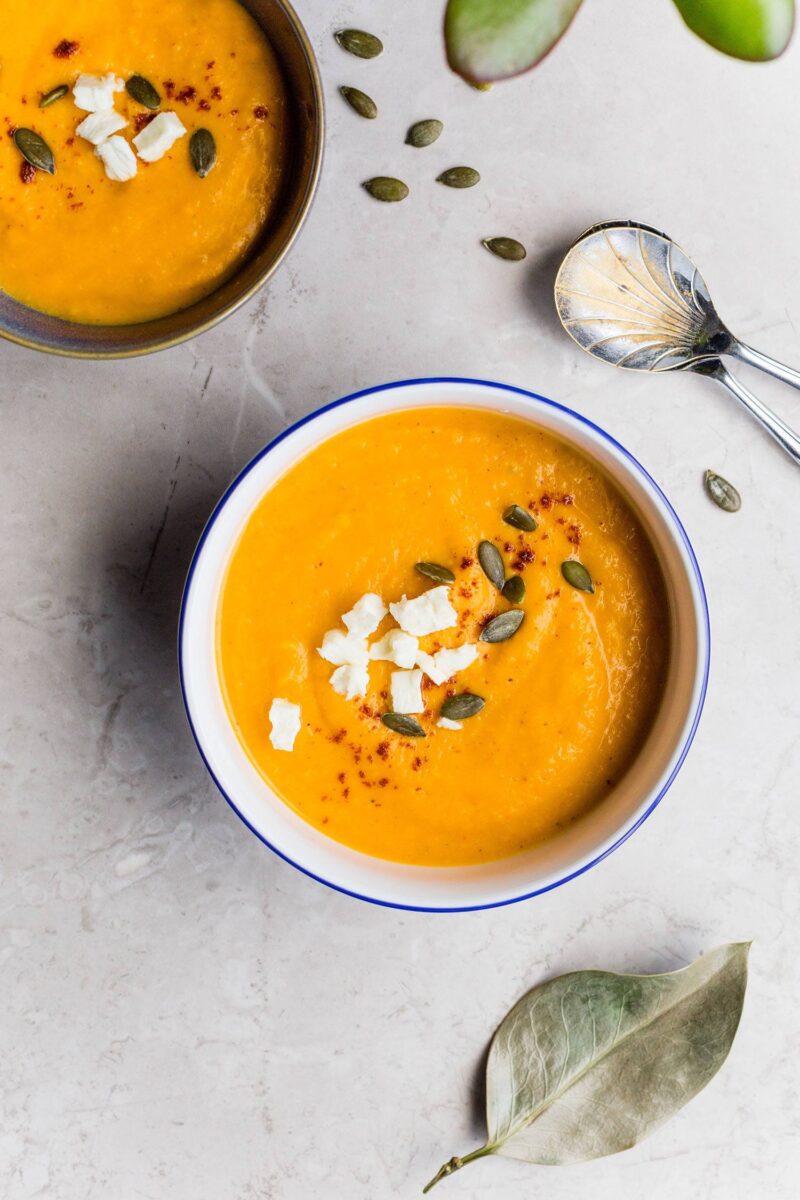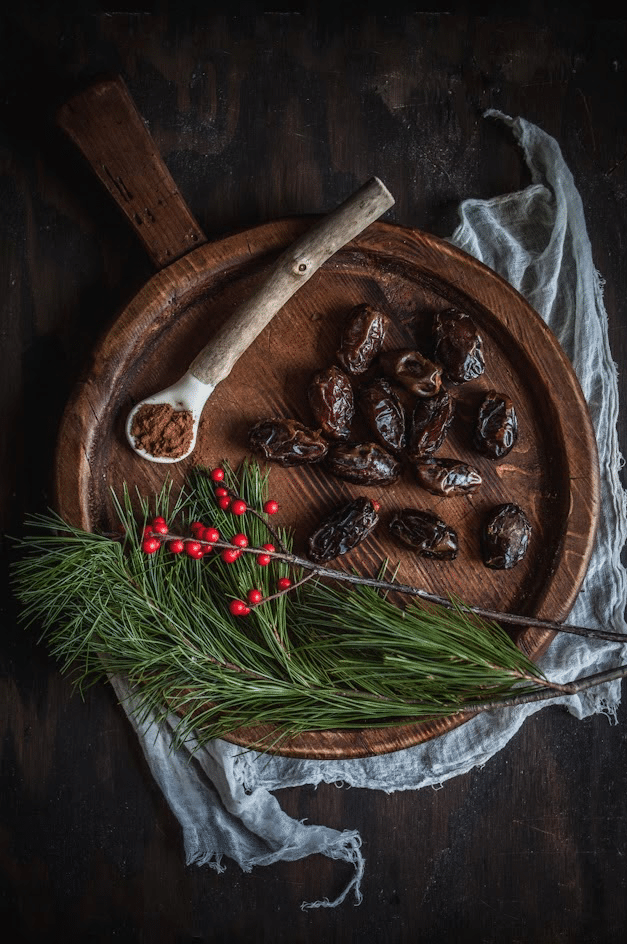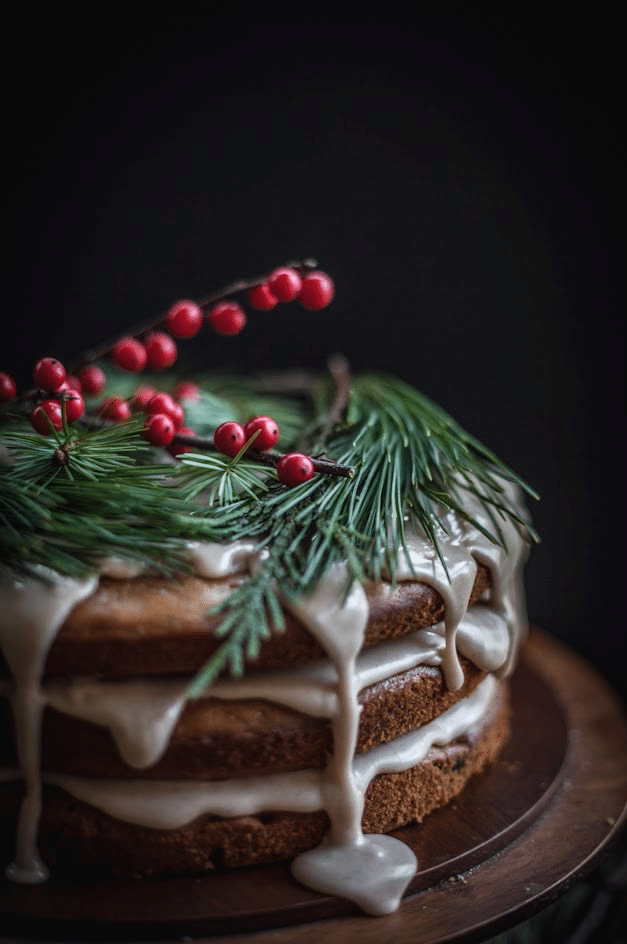With the kitchen redesign moving gradually, I was experiencing considerable difficulties having the capacity to cook for a developed timeframe, particularly since cooking is one of my favored techniques for stress alleviation. In this way, this past Friday I said ’to hellfire with it’ and made a cake in my half torn down kitchen. The broiler was in working request and there was ledge space enough for the blender, and that was adequate for me.
I also had quite a few peaches on the counter that were getting a bit too ripe, so I simmered them all down into a jam. This is great for when peaches get too soft to slice properly and just kind of turn to mush in your hands when you try to pull the sliced parts off – you still get to keep all the peachy flavor, and the mushiness doesn’t matter once it cooks down into a soft, fruity compote.
They are particular, however, to be consistent in the use of garnishings. Flowers and fruits are reserved for sweet dishes, except in the case of nasturtiums, which they regard as much a vegetable as a flower and use freely with meats. It isn’t essential that every dish should be turned into an elaborate work of art, as if it were to be entered at the annual exhibition of the Société des Chefs de Cuisine, but neither is there any reason, even with modest means at command, for giving cause for that old slogan of the great American dinner table: “It tastes better than it looks.”
Vanilla and lemon have an almost universal appeal to the palate, and knowing this, the American cook, like the generation before her, has always seasoned her rice puddings, for instance, with one or the other, just as her apple sauce has invariably been flavored with lemon or nutmeg, her bread pudding with vanilla, and so all along her restricted line. An ordinary bread pudding becomes veritably a queen of 14puddings as, indeed, it is called, merely by having a layer of jam through its centre and a simple icing spread over the top.
To have a thorough understanding of their goodness one must not only read about them but taste them. They are the staple diet in many foreign countries and in the Armour brand the native flavoring has been done with remarkable faithfulness—so much so that large quantities are shipped from this country every week to the countries where they originated.
After the cream is frozen rather stiff, prepare a tub or bucket of coarsely chopped ice, with one-half less salt than you use for freezing. To each ten pounds of ice allow one quart of rock salt. Sprinkle a little rock salt in the bottom of your bucket or tub, then put over a layer of cracked ice, another layer of salt and cracked ice, and on this stand your mold, which is not filled, but is covered with a lid, and pack it all around, leaving the top, of course, to pack later on. Take your freezer near this tub.
Make sure that your packing tub or bucket has a hole below the top of the mold, so that the salt water will be drained off.
It is impossible to deal in a short article with the many varieties of Summer Sausage, but there are three or four which can be touched upon. To have a thorough understanding of their goodness one must not only read about them but taste them. They are the staple diet in many foreign countries and in the Armour brand the native flavoring has been done with remarkable faithfulness—so much so that large quantities are shipped from this country every week to the countries where they originated.




